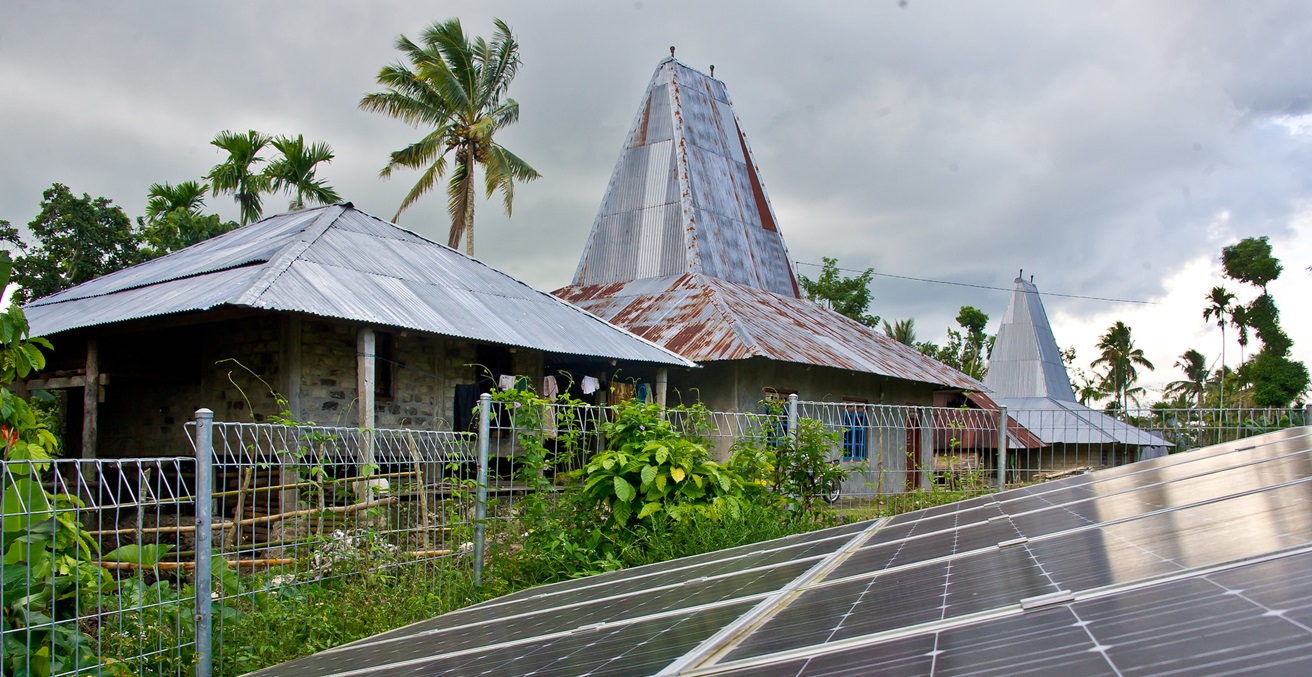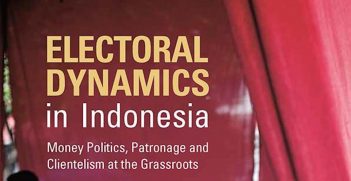Can China Replace JET-P Energy Financing in Indonesia?

Indonesia stands at a pivotal moment in its quest for a sustainable energy future. With ambitious targets to elevate the proportion of sustainable fuels in its energy matrix, the nation seeks international collaboration as a linchpin in its trajectory toward success.
The importance of this transition cannot be overstated. Beyond merely mitigating environmental concerns, such as climate change, the shift toward renewable energy sources is imperative for bolstering energy security and fostering economic growth. As Indonesia endeavors to chart its course toward a greener future, it must capitalise on the expertise, resources, and investments offered through international partnerships.
At the forefront of this endeavour is the Joint Energy Transition Partnership (JET-P) signed on 15 November 2022 at the G20’s Leaders’ Summit in Bali between Indonesia and the International Partners Group (IPG), led by the US and Japan. JET-P seeks to mobilise resources, spur innovation, and advocate for policy reforms conducive to sustainable energy development in Indonesia. By convening government agencies, private sector entities, and civil society organisations, JET-P serves as a platform for collective action toward Indonesia’s energy transition objectives. The amount that Indonesia will receive through JET-P is quite fantastic, approximately US$ 21.6 billion from both public and private financing. However, the grant portion of the funding is much lower than expected, namely only US$295 million or around 1.37 percent of the total amount. Meanwhile, the remainder is calculated as a debt of around US$21.3 billion. Drawing lessons from the JET-P initiative in South Africa, where merely 3 percent was allocated to the state treasury in the form of grants, economists have cautioned the government about the potential risk of increased debt stemming from financing schemes involving energy transitions.
To date, the Indonesian government has not received the funds, even though the proposed deadline was in mid-August 2023. Therefore, it seems China could step in to provide green funding to Indonesia, considering it signals plans to promote green development. This will certainly be an interesting consideration for the Indonesian government which has plans to increase the share of renewables in its on-grid power generation to 44 percent by 2030, and to reach Net Zero Emissions in the power sector by 2050.
Although JET-P could potentially assist Indonesia in expediting its transition to clean energy, Indonesia may be forced to consider exploring various avenues for diversified collaboration. This could also involve placing particular emphasis on enhancing engagement with China.
In recent years, China has attempted to become a global leader in renewable energy development, boasting significant investments and expertise across various clean energy technologies. Chinese companies have made substantial investments in diverse energy projects in Indonesia, spanning from solar panels to hydropower facilities. Furthermore, bilateral agreements between the two countries have facilitated technology transfers and knowledge sharing in renewable energy research and development. This existing partnership between provides a solid foundation for further collaboration in this area.
China has made significant strides in promoting green initiatives through its Belt and Road Initiative (BRI) and the Asian Infrastructure Investment Bank (AIIB) Climate Action Plan. The BRI, originally envisioned as an infrastructure development project spanning Asia, Africa, and Europe, has evolved to incorporate sustainability goals. Beijing aims to channel funding towards renewable energy projects, such as solar and wind power, as well as investments in clean technology and green infrastructure through the BRI. Additionally, the AIIB Climate Action Plan, established to support climate-friendly projects in member countries, provides another avenue for financing green initiatives. By leveraging these initiatives, China seeks to facilitate a global energy transition, reduce carbon emissions, and promote sustainable development. Rhetorically, at the least, China promises to increase the portion of environmentally friendly energy funding of up to US$ 100 billion to developing countries. Meanwhile, the AIIB estimates that the climate funding approval they will provide will reach US$50 billion by 2030.
China’s track record of expeditiously providing investments and grants, often with fewer conditions, contrasts markedly with the sluggish pace of JET-P funding. Yet, potential challenges do exist. One concern is finance dependency on China for foreign investment, which may contribute to an unsustainable debt challenge. Meanwhile, ensuring that environmental impact analyses are carried out diligently will be important, particularly given China’s lax involvement in this area. Chinese investments in Indonesia’s energy sector in projects like PT, IMIP, and Harita Group operations have sparked environmental concerns and community distress due to pollution from coal-fired power plants and nickel mining activities. These ventures have led to seawater pollution, impacting local fishermen’s livelihoods, and contaminating freshwater sources with hazardous substances like hexavalent chromium. Additionally, projects like the Batang Toru hydropower plant have further strained Indonesia’s ecosystems, endangering orangutans and affecting local water sources. These environmental repercussions contradict Indonesia’s goal to reduce carbon emissions, and undermine commitments made under the Paris Agreement. Despite China’s pledges to promote carbon neutrality through renewable energy, its actions in Indonesia suggest a misalignment with these goals, highlighting the need for both countries to reassess their approach to sustainable development and environmental protection.
Therefore, Indonesia must fortify mechanisms for accountability and safeguarding, and avoid overreliance on any single partner. Transparency and good governance should permeate all collaborative endeavors, including those involving China. By nurturing a competitive renewable energy market and cultivating domestic capabilities, Indonesia can insulate itself against external vulnerabilities and chart a trajectory toward sustainable self-sufficiency.
In sum, Indonesia’s energy transition journey demands a holistic approach that embraces international collaboration and also addresses potential impediments and risks. While initiatives like JET-P offer commendable platforms for cooperation, deeper engagement with China presents promising avenues for accelerating progress toward renewable energy goals. By harnessing diverse partnerships and steadfastly upholding principles of transparency, accountability, and sustainability, Indonesia can chart a course toward a greener, more resilient future, characterised by enduring prosperity and environmental stewardship.
Dr Muhammad Zulfikar Rakhmat is a researcher at the Center of Economic and Law Studies, Jakarta. His research focuses on China-Indonesia-Middle East relations. Yeta Purnama is a researcher at the Center of Economic and Law Studies.
This article is published under a Creative Commons License and may be republished with attribution.





